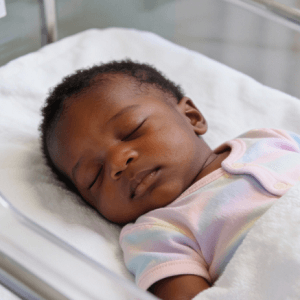A recent study published in the Journal of Racial and Ethnic Health Disparities reveals persistent racial disparities in HIV diagnosis rates in the United States from 2017 to 2021. The research, conducted by the Centers for Disease Control and Prevention (CDC), highlights that Black individuals are diagnosed with HIV at a rate 7.9 times higher than White individuals. This alarming disparity underscores the need to address social determinants contributing to these inequities.
The study analyzed data from the National HIV Surveillance System, focusing on individuals aged 13 and older. It found that while the annual rate of HIV diagnoses decreased among Black women and girls by 5.1% and Black men and boys by 3.0%, the rates for White women and girls increased by 2.0%. Additionally, HIV diagnoses rose among White men and boys who contracted the virus through injection drug use, with a 7.5% increase.
Dr. Jessica Nye, the lead researcher, emphasized the importance of targeted interventions to mitigate these disparities. “Efforts should prioritize eliminating disparities in treatment and prevention services by taking a comprehensive approach and actively mitigating the social determinants contributing to HIV disparities,” she stated.
The findings highlight the urgent need for comprehensive public health strategies that address the root causes of these disparities. By focusing on social determinants such as access to healthcare, education, and economic stability, policymakers can work towards reducing the disproportionate impact of HIV on minority communities.
See: “Trends in HIV Diagnosis Rates From 2017 to 2021 Show Persistent Racial Disparities” (March 12, 2025)


